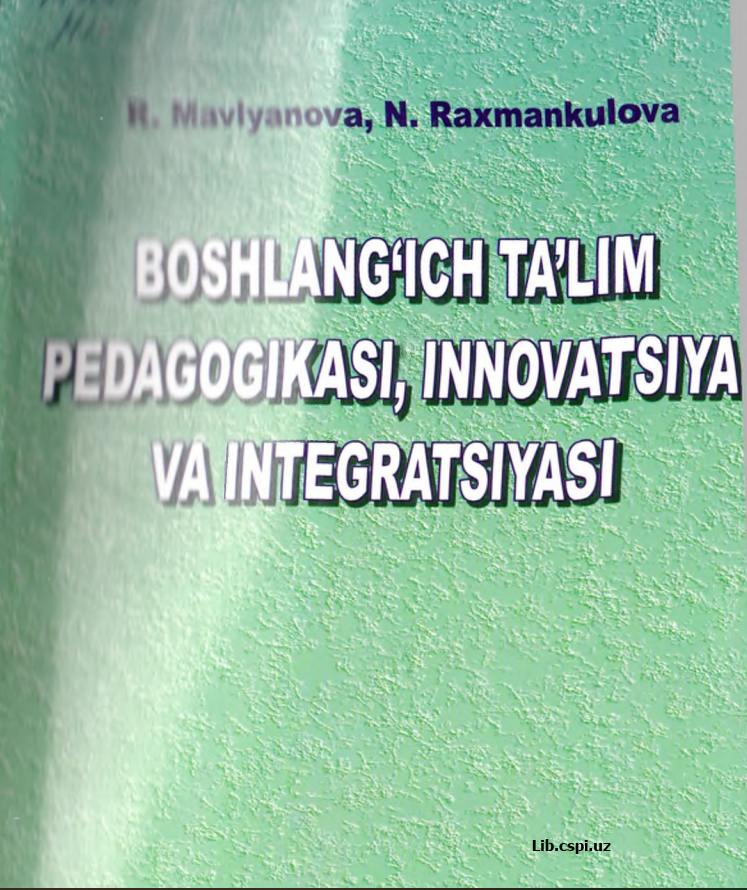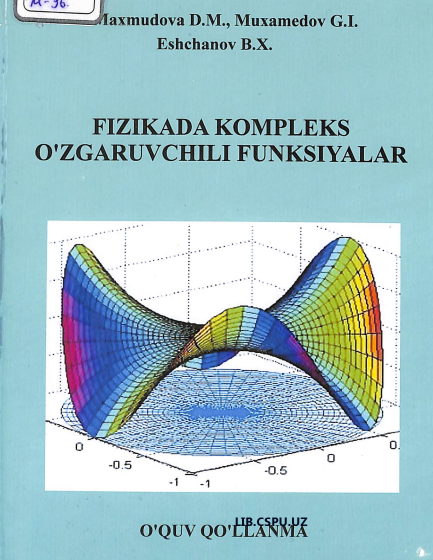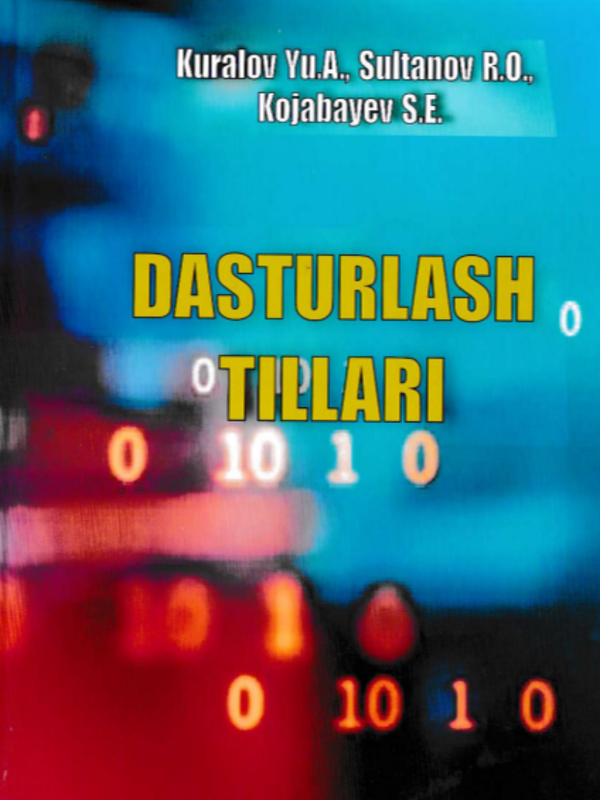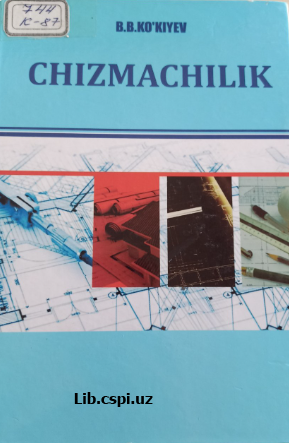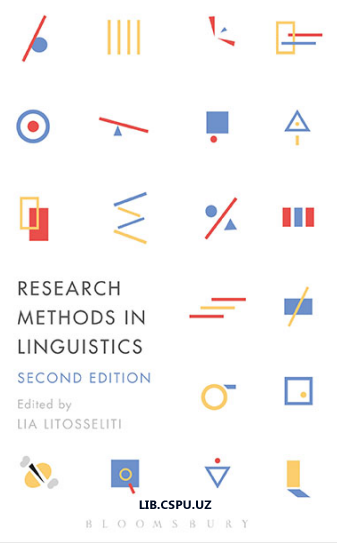
Research Methods in Linguistics
QR kod:
Yuklab olishlar (6)
Linguistics is a multidisciplinary and interdisciplinary field of study,
characterized by a diversity of theoretical, epistemological and
methodological approaches. Linguists study a wide range of language
phenomena and aspects of language use. They do this within and
across different subfields (e.g. semantics, phonology, language
acquisition), branches (e.g. experimental linguistics, psycholinguistics,
sociolinguistics, applied linguistics) and related fields (e.g. education,
psychology, anthropology, philosophy, mathematics, sociology) in the
humanities, social sciences and natural sciences. It is not surprising
therefore that linguistics as a heterogeneous field has been in a
continuous process of reformulation and bridge-building, both across
its subfields and in collaboration with other related fields. The chapters
in this volume draw on several examples of such bridge-building and
the opportunities and challenges involved (see also Podesva and Sharma
(2013) for a similar approach).
However, the breadth and depth of bridge-building is not reflected
in the very limited number of books and journals devoted to research
methodologies in linguistics. In addition, discussions of research
methods appear rarely or briefly in the various forms of dissemination
of linguistics research (e.g. journal papers), are often missing from
linguistics university courses or tend to be only discussed as part of a
specific branch of linguistics. One of the aims of this book then is to bring
to the fore and make accessible what can be seen as an under-discussed and
opaque subject
